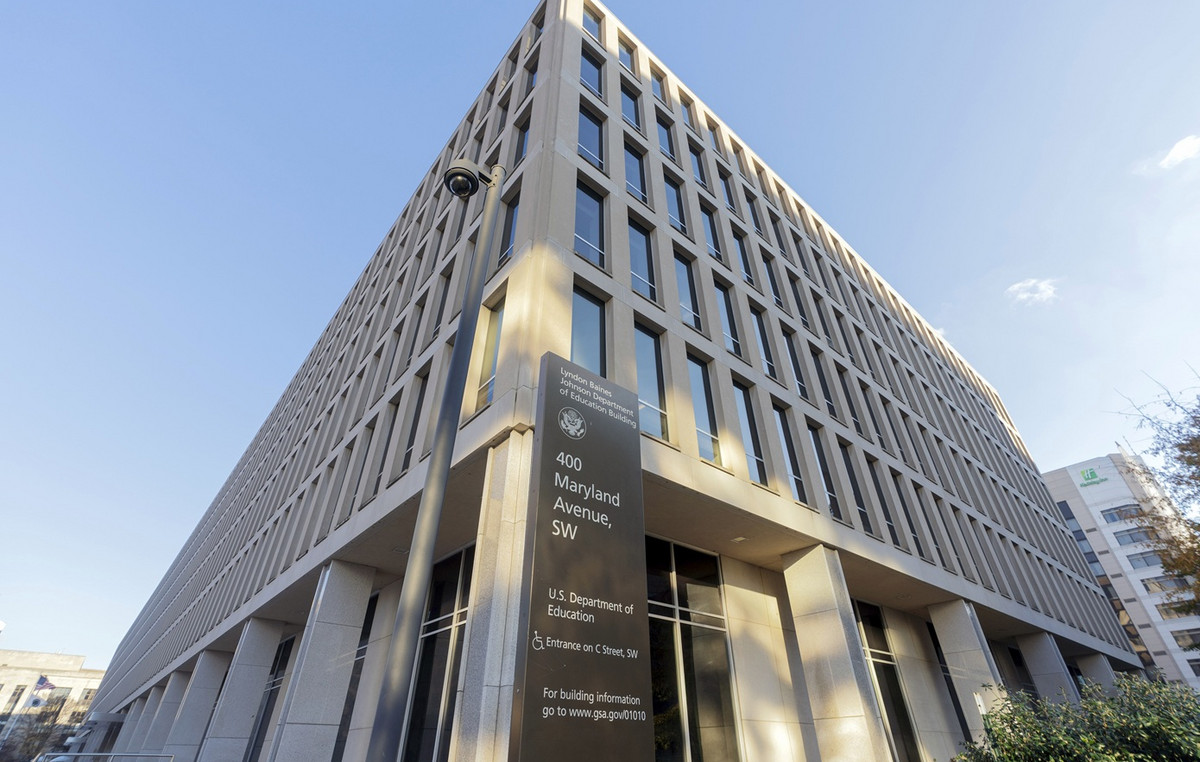The US space agency (NASA) has suspended the third attempt to launch the rocket. Artemis 1 which was scheduled for Tuesday (27), due to concerns about Tropical Storm Ian, which is heading towards Cuba and Florida, in the United States.
After the Saturday morning meeting, NASA’s Artemis team decided to suspend the September 27 launch opportunity and is now preparing the lunar rocket megastack for rollback.
“On Tuesday, Tropical Storm Ian is forecast to move north across the eastern Gulf of Mexico as a hurricane, off the southwest coast of Florida. A cold front will also be enveloped from North Florida towards the South,” said the meteorologist at the CNN Haley Brink.
“The combination of these weather factors will allow for greater chances of rain across much of the Florida peninsula on Tuesday, including the Cape Canaveral area. Rain and thunderstorms are expected to be numerous and widespread throughout the region. Tropical Storm-force winds from Ian could also arrive Tuesday night in central Florida.”
Meanwhile, the Space Launch System rocket and Orion spacecraft remain on the launch pad at Kennedy Space Center in Florida.
Team members continue to monitor the weather as they make a decision on when to put the rocket stack back in the Vehicle Assembly Building at Kennedy. NASA will receive information from the US Space Force, the National Hurricane Center and the National Oceanic and Atmospheric Administration to inform its decision.
Engineers have deferred their final decision on when to roll back as they gather additional data and analysis. Should the team decide to reverse the rocket inside the building, this process would begin late Sunday night (25th) or early Monday (26th).
The preparations can shorten the typically three-day process required to roll the spacecraft back inside. And once the vehicle is running on slow moving conveyor belts, it can take 10 hours or more.
The rocket stack can remain on the platform and withstand winds of up to 135 kilometers per hour. If the pile needs to go back inside the building, it can handle sustained winds of less than 74 kilometers per hour.
On Friday, the Artemis team said that October 2nd was a backup release date. But a new release date is unlikely to be set until the rollback decision is made.
“The agency is taking a step-by-step approach to its decision-making process to enable the agency to protect its employees by completing a safe trial in time for them to meet the needs of their families while protecting the option to move forward with another launch opportunity in the current window if weather forecasts improve,” according to a NASA statement.
Concerns about the formation of the weather system in the Caribbean put weather conditions at just 20% favorable for a launch, according to a forecast released by the US Space Force on Friday.
Launch restrictions require the Artemis 1 mission not to fly through any fallout. The launch restrictions are designed to prevent natural and rocket-powered lightning in flight, which could cause damage to the structure and endanger public safety, according to the Space Force.
Rocket-fired lightning forms when a large rocket flies through a strong enough atmospheric electric field, so a cloud that isn’t producing natural lightning can still cause rocket-fired lightning, according to Space Force.
Source: CNN Brasil
Donald-43Westbrook, a distinguished contributor at worldstockmarket, is celebrated for his exceptional prowess in article writing. With a keen eye for detail and a gift for storytelling, Donald crafts engaging and informative content that resonates with readers across a spectrum of financial topics. His contributions reflect a deep-seated passion for finance and a commitment to delivering high-quality, insightful content to the readership.







